Finding fault in slip and fall claims
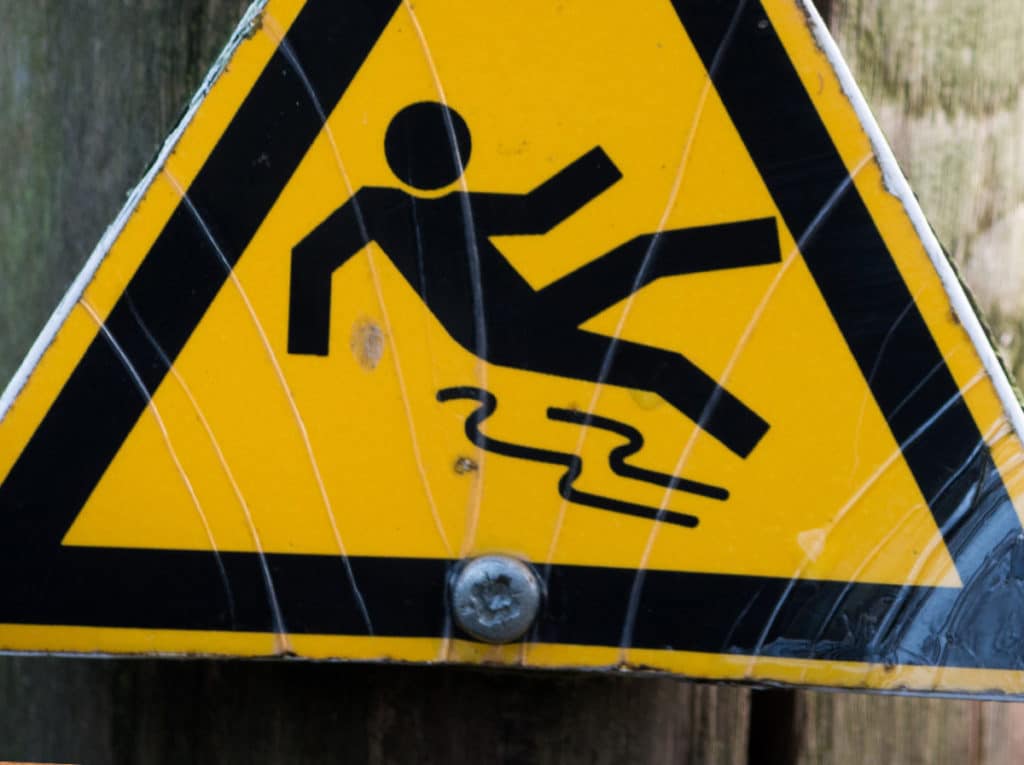
Accidents can happen anywhere, from slipping on a wet floor while grocery shopping or on ice in front of hotel steps, tripping on a curb or wrinkled carpeting while walking through a lobby, or even stepping into an exposed pothole.
Any of these examples can result in serious injury to the victim that will require medical attention, possible rehabilitation, pain and suffering and lost wages, and identifying the owner or proprietor of the establishment where the accident occurred who may bear responsibility.
But slip and fall cases can be difficult to prove. In the area of premises liability in Ohio and many other states, the law sometimes shields landowners from such claims. Ohio residents who have suffered injuries from a slip and fall accident will need help building a strong case that provides enough evidence to prove that the proprietor or landowner was negligent.
Proving negligence
As the circumstances of each slip and fall case are different, it is up to the court to decide if the landowner acted carefully in safeguarding the premises, or if the guest was careless in failing to avoid an obvious hazard. The injured party must prove that a dangerous condition was present of which they were unaware, but that the owner knew existed.
The plaintiff must prove the owner knew of the hazard either because:
- the owner created the condition,
- the owner knew it existed but negligently failed to correct it, or
- the condition was present long enough that the owner should have known about or corrected it.
Open and obvious defense
Landowners and businesses often use the open and obvious doctrine as a defense that is an exception to general premise liability rules. In this defense, the hazard should be obvious to a reasonable person, and therefore a visitor should be able to easily recognize and avoid it to prevent harm to themselves. However, every circumstance is unique and specific circumstances may make this defense unavailable to landowners.
The landowner may also still be liable for not taking reasonable precautions to safeguard visitors, and in the case of a violation of a health or safety code, the landowner is automatically negligent.
There may be more than one responsible party in a premises liability claim. If the accident happened on commercial property, either the property owner or business entity renting space may be at fault. If it occurred on condominium or apartment property, the landlord or property manager may be liable in a slip and fall claim. Special rules apply to government property that may shield certain entities from liability claims.
Comments are now closed
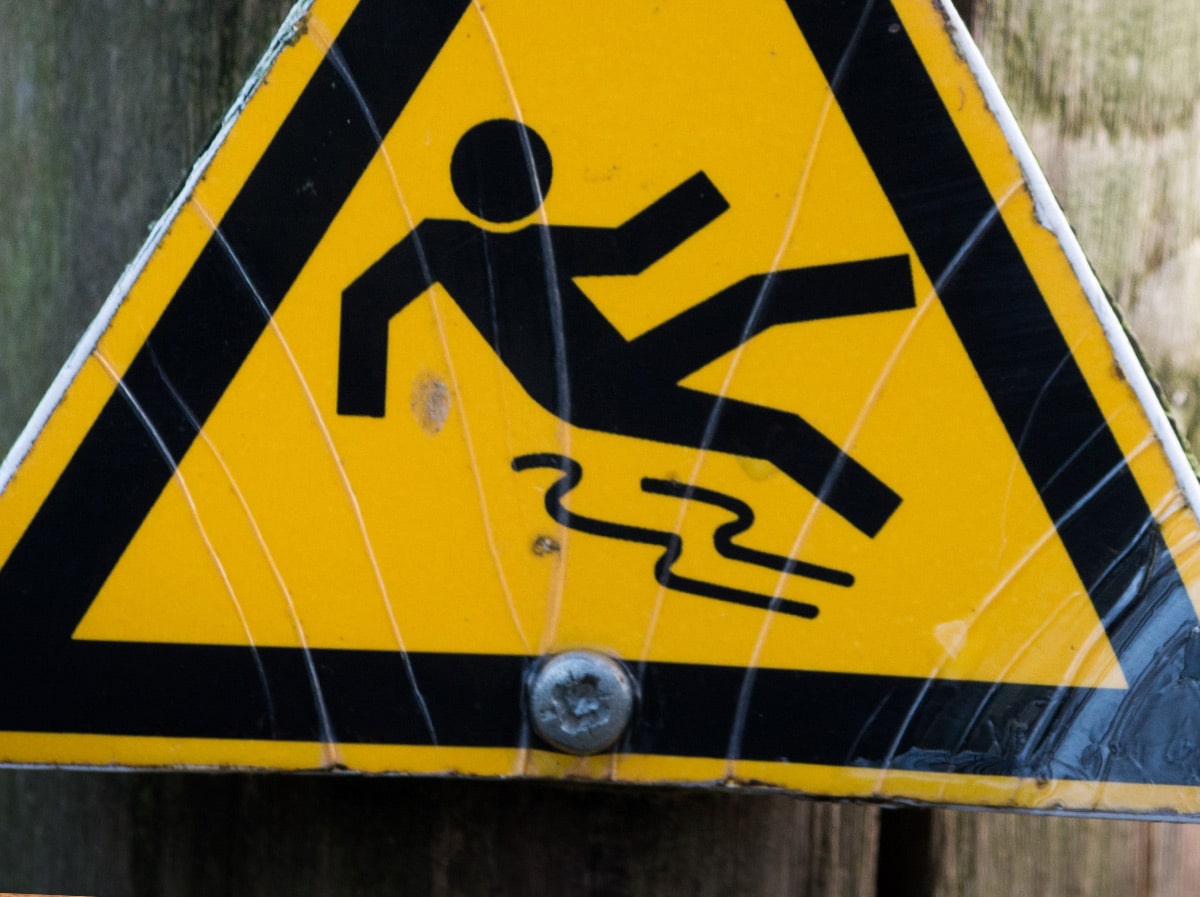
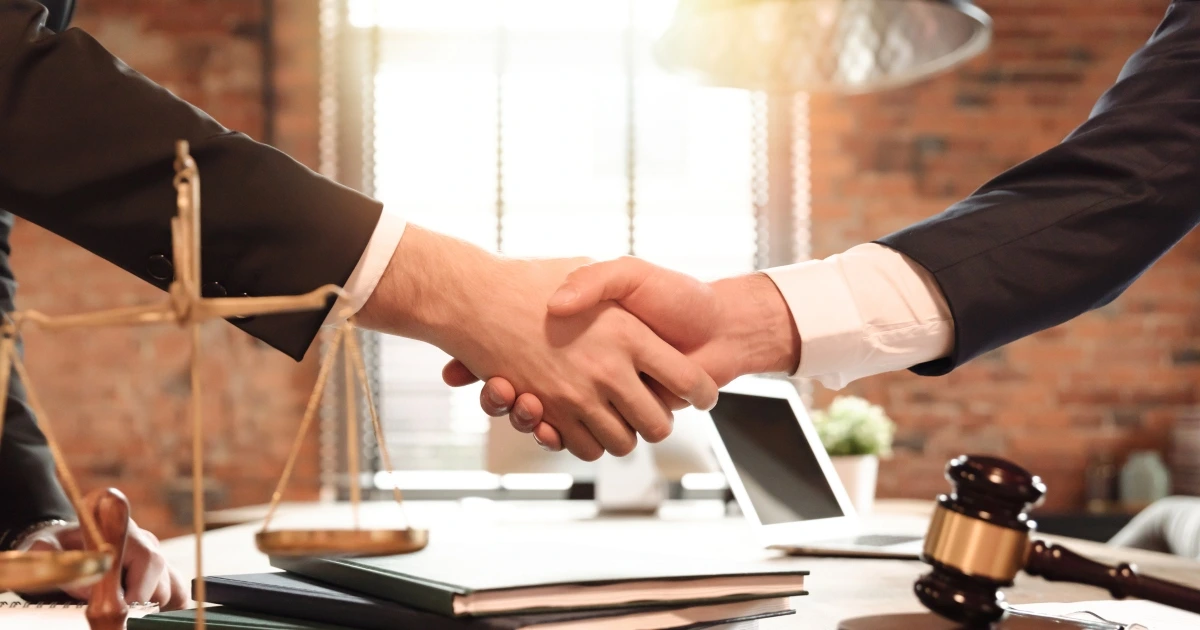
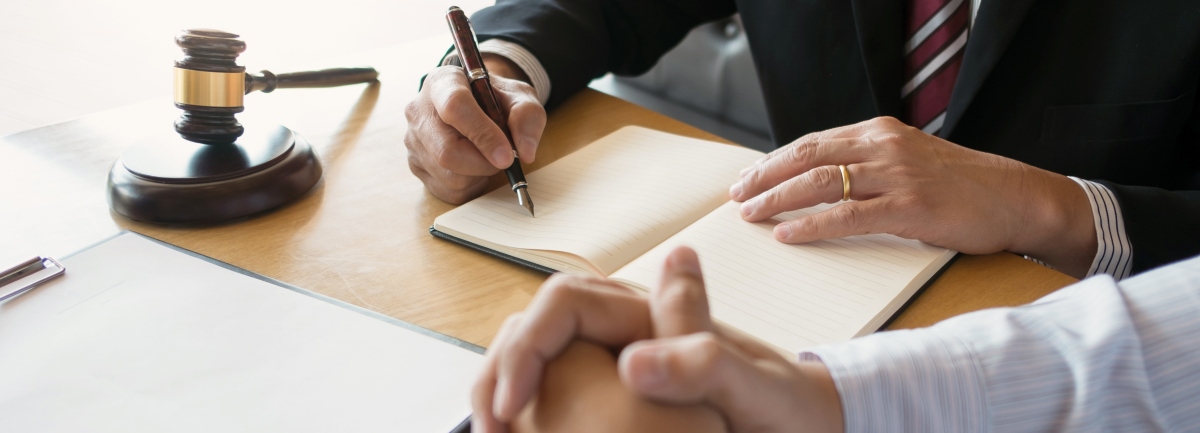
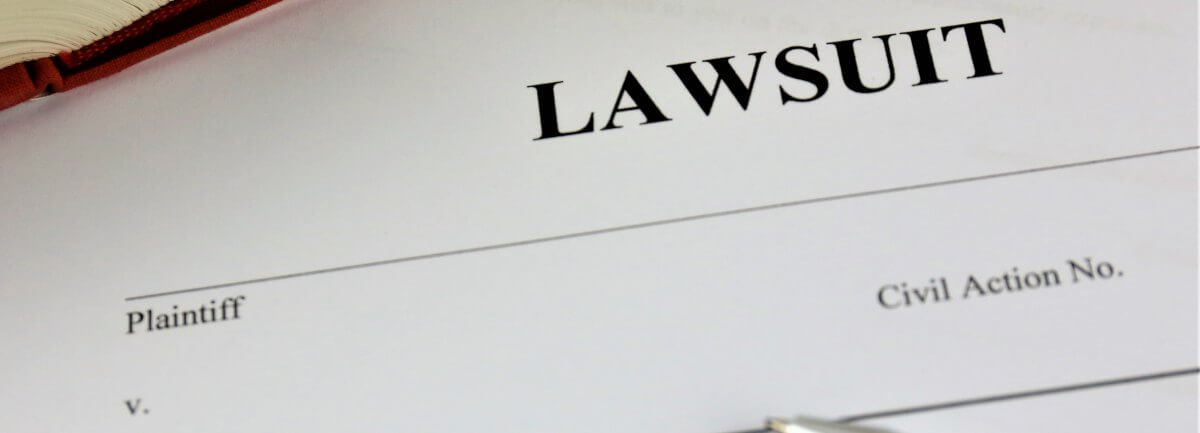
Comments